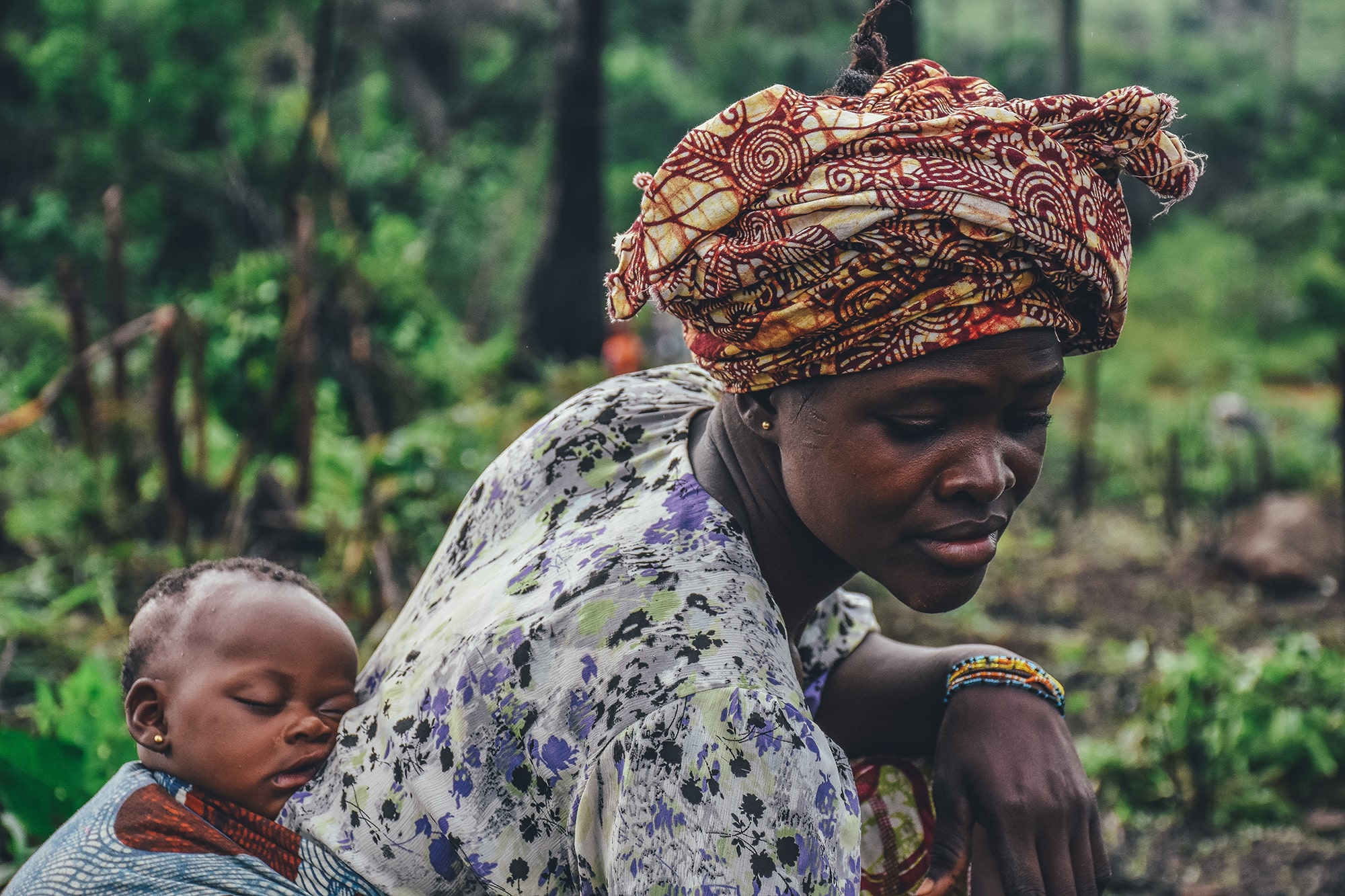Reimagining Orphan Care in Tanzania
The word “orphanage” conjures certain images: long dormitory halls, institutional routines, and children raised by rotating shifts of caregivers. But what if there’s a better way?
When I first met Emanuel, he was quiet and withdrawn. At eight years old, he had already lived in three different orphanages after losing his parents to tuberculosis. In each facility, he slept in a room with 15-20 other children, owned few personal belongings, and rarely heard his name spoken.
“The caregivers were kind,” he told me, “but they were always busy. Sometimes I just wanted someone to notice me.”
Emanuel’s experience reflects a growing body of research showing that even well-run institutional care settings struggle to provide what children need most: consistent, nurturing relationships and a sense of belonging.

Tanzania Orphanage
Tanzania faces a significant challenge with approximately 3.1 million orphaned and vulnerable children. Traditional orphanages have been the default solution, but they’re increasingly recognized as stopgap measures rather than optimal environments for child development.
Neuroscience explains why: children’s brains develop through interactions with responsive caregivers. When the ratio of children to adults is too high, when caregivers change frequently, or when daily routines prioritize efficiency over nurturing, children’s developing brains and emotional systems suffer measurable harm.
Family-based and family-style care
The alternative? Family-based and family-style care models that maintain the essential ingredients of healthy development: smaller groups, consistent caregivers, and environments that replicate family dynamics rather than institutional ones.
This approach takes many forms:
- Supporting extended families to care for orphaned relatives
- Recruiting and training foster families
- Transforming orphanages into small, family-style homes with dedicated “house parents”
- Creating community support networks that prevent family separation in the first place
At the I Want to Be Foundation, our Nyumba ya Tumaini Child Haven Program is reimagining orphan care through these approaches. We’ve seen remarkable transformations as children move from crowded dormitories to family-style homes with 5-6 children and consistent caregivers they call “Mama” and “Baba.”
Emanuel
The cost difference is minimal—approximately 20% more per child—but the developmental outcomes are dramatically improved. Children show increased language skills, better emotional regulation, stronger academic performance, and greater social integration.
As for Emanuel? Today he lives in a family-style home with five other children and a set of house parents who have committed to raising them. “Now I have my own space with my drawings on the wall,” he says with a smile. “And Mama knows exactly how I like my chai in the morning.”
The best institutions for children may not be institutions at all, but the families we help create for them.
Learn more about our family-based care models through the Nyumba ya Tumaini Child Haven Program, or consider supporting our caregiver training initiatives that help transform institutional care into family care.
Social Chat is free, download and try it now here!